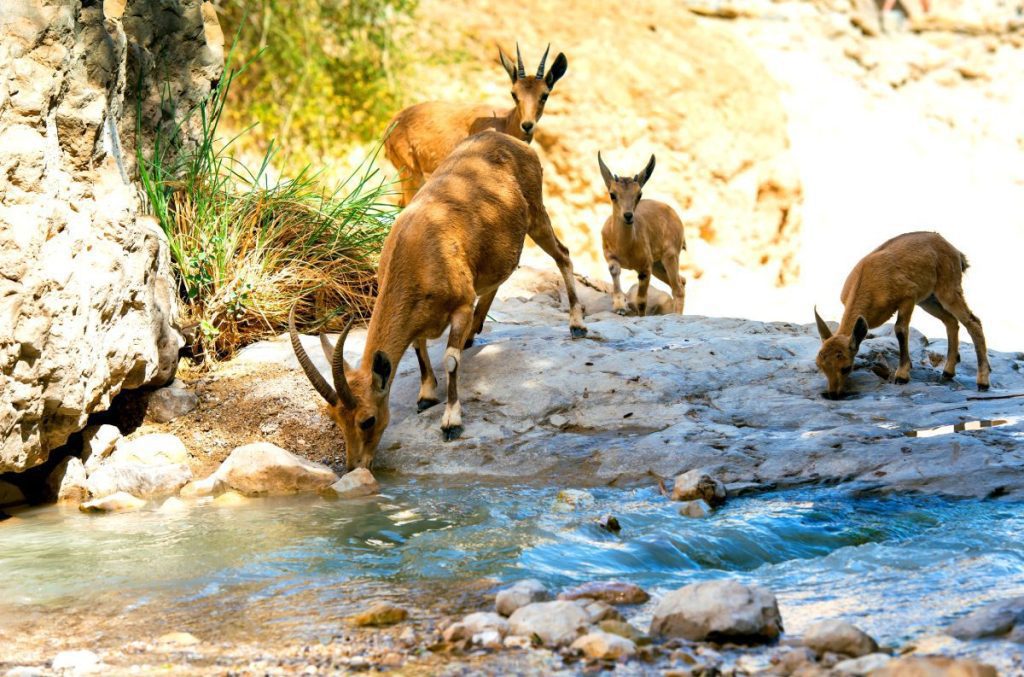The Fauna of Israel is extremely diverse in spite of Israel being a very small country in Size. There are a couple of reasons for that: First, the location of the Land of Israel is located between the temperate region to its north and the tropical and desert region to its south; and the land borders the Mediterranean Sea to the west and the Judea Desert to the east. From all these areas many different animals found the country as their Habitat. This diversity in the country has enabled the development of many animals.
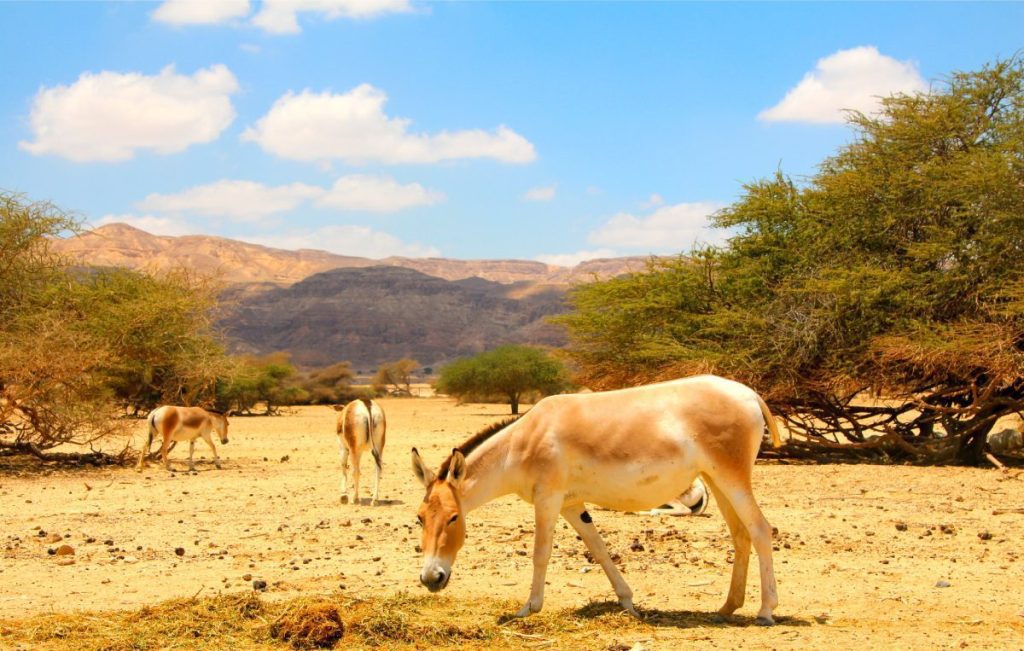
Furthermore, over the thousands of years, the climate of the country has changed many times; and so animals from distant and close regions were also integrated into the country. In addition, the Land of Israel has always been a land that bridges Africa, Asia, and Europe. As a result, the animal species are also from different continents.
In addition, landscape changes: the desert terrain; the open fields, the swamps; the urban landscape, and the high mountains (such as Mount Hermon) are important factors in the encounter of different species. Species such as the Syrian brown bear and the Arabian ostrich have become extinct in Israel because of their loss of habitat. But luckily the State of Israel has invested tremendous efforts in reintroducing extinct species and preserving the wilderness. As a result as of May 2007, 190 nature reserves and national parks have been established in Israel.
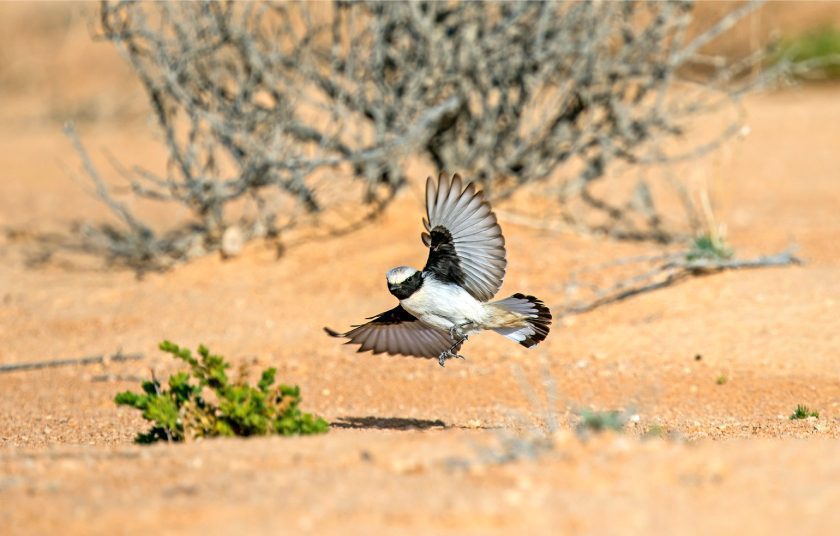
The Fauna of Israel: Fauna Found In Israel
Let’s begin with the many different Mammals the Holy Land has. The Holy Land contains a variety of mammals due to its geographical and climatic diversity. For many of the mammals, Israel is the border of their territory.
The territories of species that originate in the Palearctic generally stop at the deserts, and those which originate from the African deserts usually stop at the Mediterranean coasts. Most of the mammals in Israel are of a Palearctic origin, and about a tenth of the mammals are endemic to its general area.
Balkan Pond Turtle
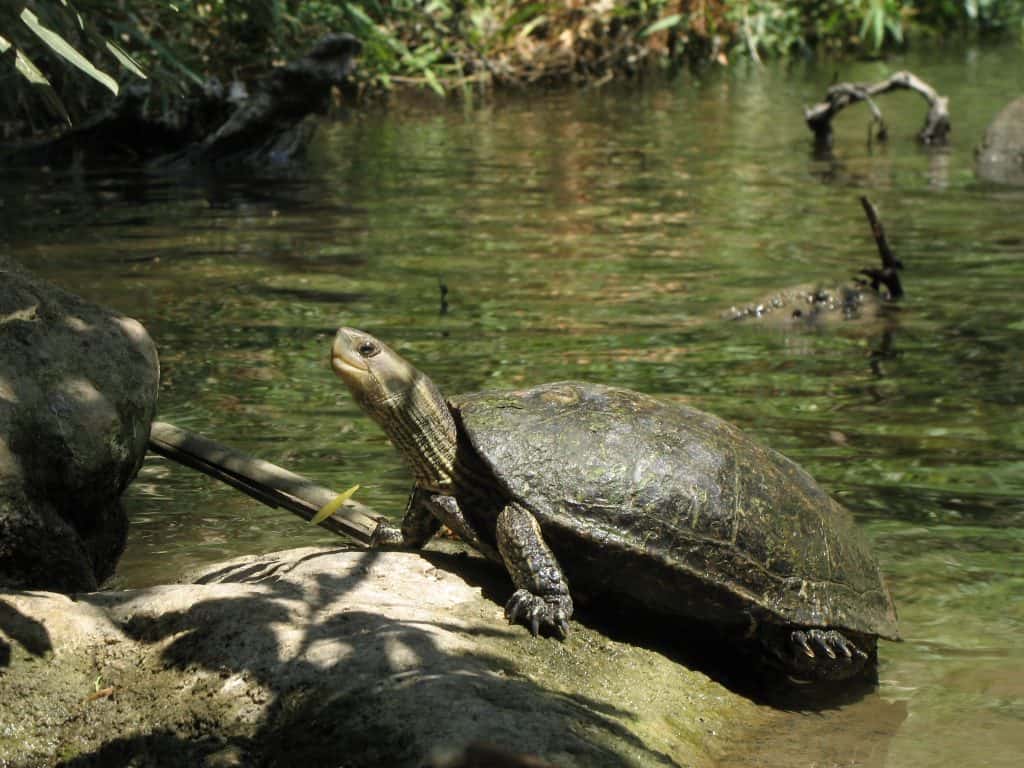
The Fauna of Israel once contained a variety of mammals. However, recently, many mammals, such as the European water vole, the cheetah, and the Caucasian squirrel, went locally extinct. In the modern age, many mammal populations, such as the Arabian leopard and the sand cat are at a high risk of extinction.
Aquariums in Israel
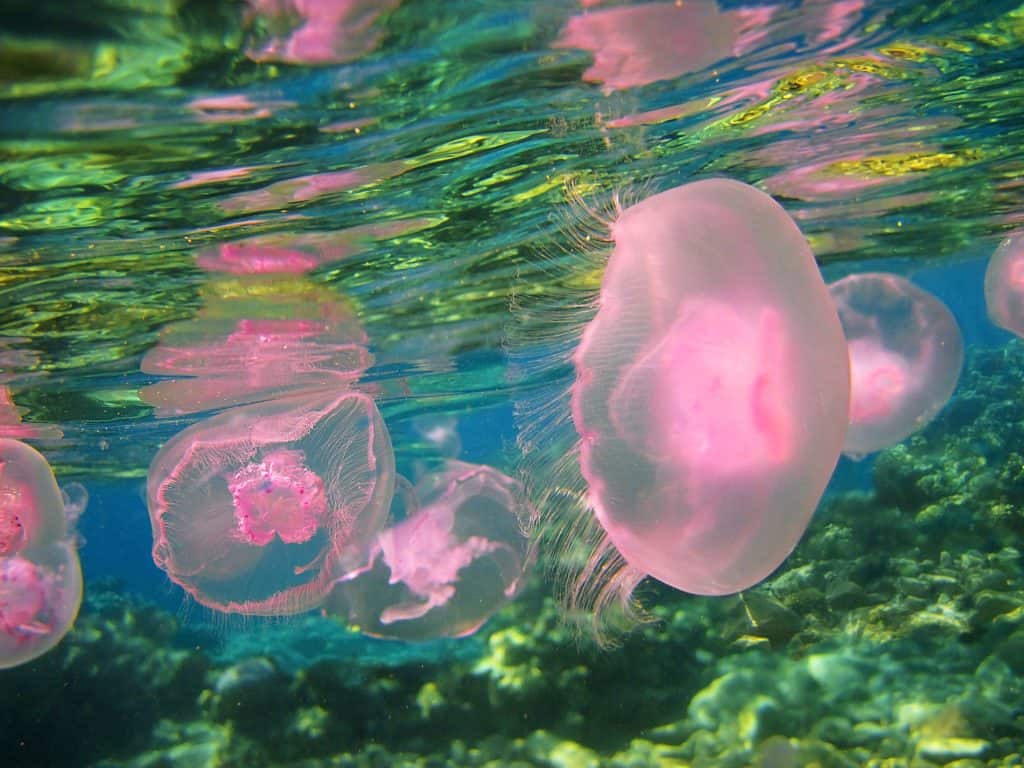
The largest living predator in Israel is the Arabian leopard, whose population is endangered. However, the last sighting of a leopard was somewhere back in 2010. As part of the Fauna of Israel, there are 33 species of bats in Israel (as of 2002); the most species out of the ten mammalian orders currently in Israel, most of which are insect-eaters.
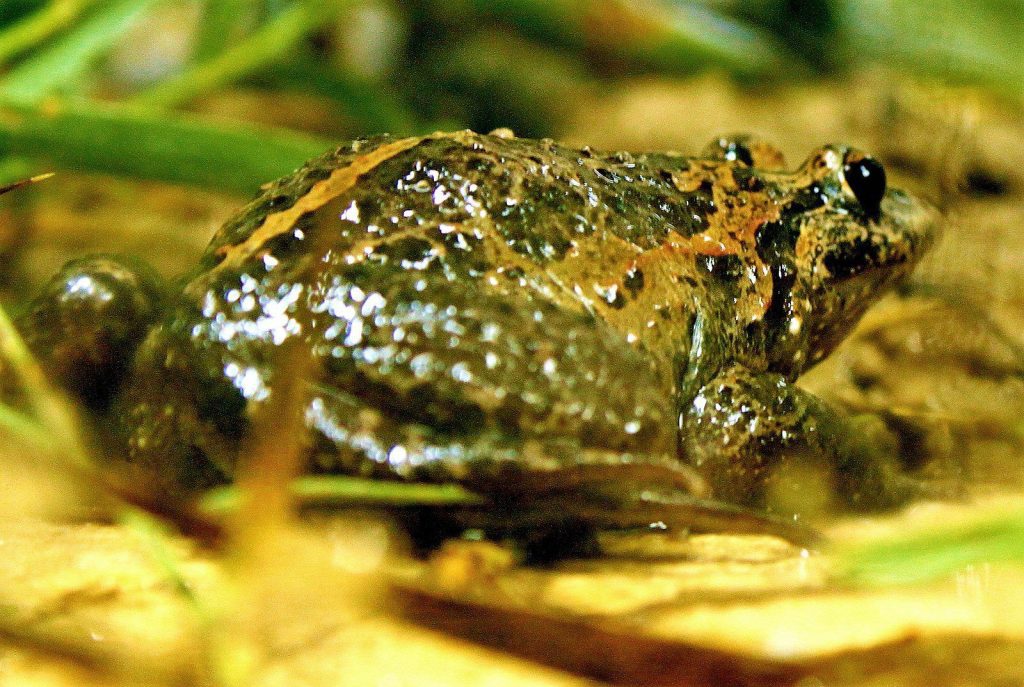
The Fauna of Israel: Recent Extinct Animals
Various animal species have become extinct due to unchecked hunting under Ottoman rule and to a lesser extent, under British Mandate rule due to the non-enforcement of hunting laws. By the early 20th century, the white oryx, Syrian brown bear; Asiatic lion; Asiatic cheetah; and Syrian wild ass had become extinct in the region.
Rapid urbanization and over-forestation (planting many dense eucalyptus and pine forests); have destroyed many natural habitats. One of the most famous examples of habitats destroyed is the drying of swamps, including the Hula Lake, which caused the local extinction of the European water vole and jungle cat. An earlier wave of urbanization during the Iron Age resulted in the local extinction of the aurochs, bubal hartebeest, and hippopotamus. In ancient times, the Syrian elephant might have once existed in small numbers in Israel.
Persian Fallow Deer
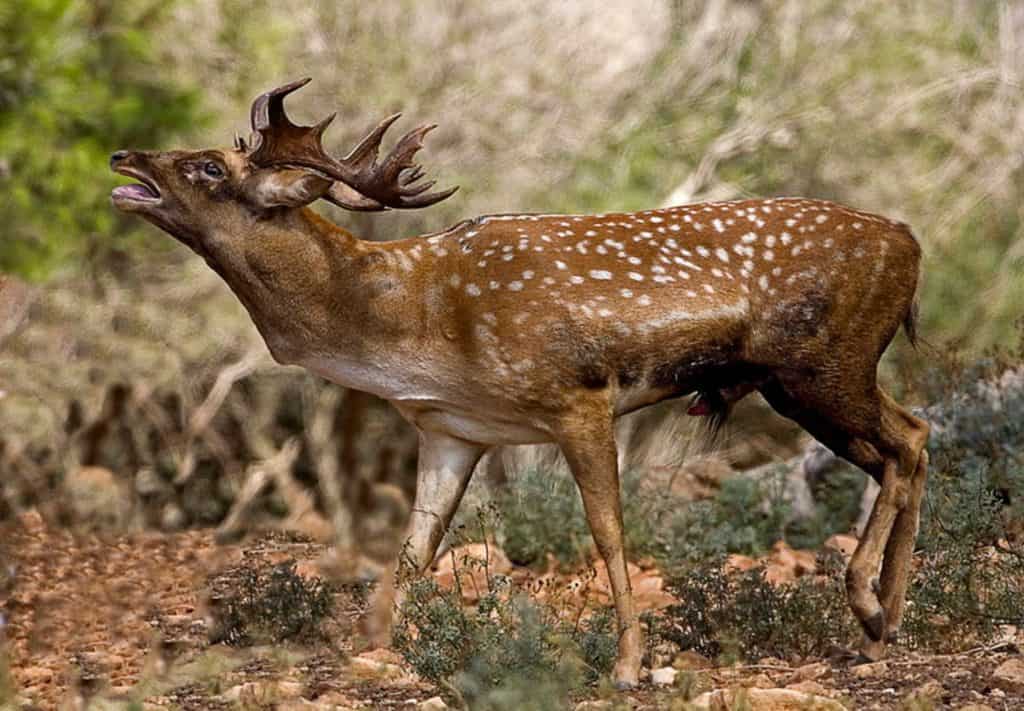
Credit: Eyal Bartov, CC BY-SA 3.0, via Wikimedia Commons
Some mammals that have gone locally extinct are being reintroduced, such as the Persian fallow deer and the roe deer. Israel has roughly 100 species of reptiles, of which almost a third live in its northern areas. The extinction rate among reptiles has been relatively low here; reptiles that became extinct in the region around the beginning of the 20th century include the Nile crocodile, European pond turtle, Levant viper, and Nile monitor.
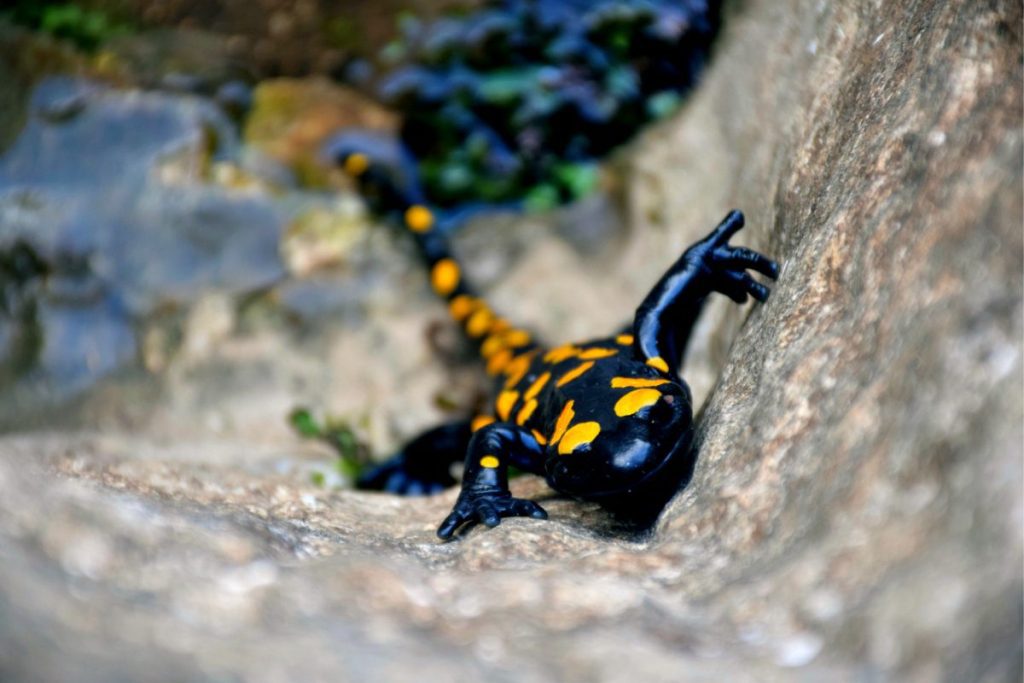
The Fauna of Israel: Amphibians
The number of amphibians in Israel has decreased dramatically since the last century, mainly due to the drying of various swamps and wetlands by early settlers. The Hula-painted frog was thought to be extinct until a female specimen was found in November 2011. Environmental improvements in the Hula reserve have been cited as a possible reason for the frog’s re-emergence.
The critically endangered Hula painted frog is found in the Hula Valley and was endemic to the lake that used to fill the valley. The lake was drained in the 1950s to combat malaria and create more farmland. But the draining of the lake led to the destruction of its unique ecosystem.
10 Best Zoos and Aquariums in Israel
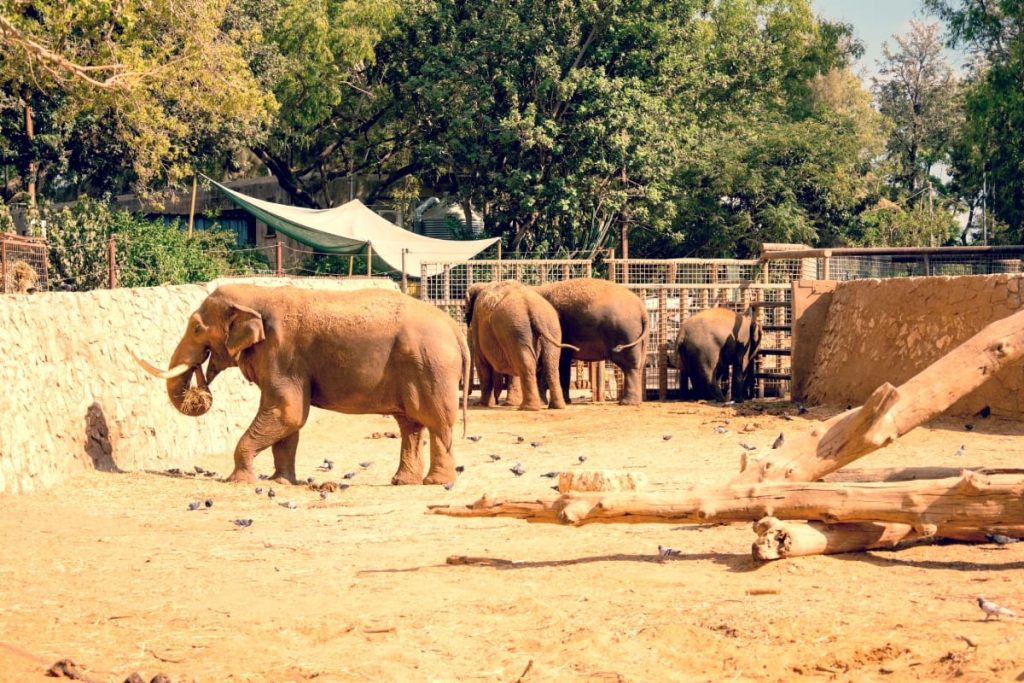
The frog was declared extinct in 1996. In the 1990s, the southern part of the valley was flooded again; in 2011, the Hula painted frog was rediscovered. The frog has since been reclassified as critically endangered.
The European green toad is the most widespread amphibian in Israel, living across nearly the entire Mediterranean shore. While the toad is usually limited to areas with a constant water supply, populations have begun to spread into drier places. Even though it has a relatively large range in Israel, a 55% decrease has been noted in active spawning sites, mainly due to the destruction of habitats, water contamination, and habitats being split by roads or train tracks. The population currently numbers a few thousand.
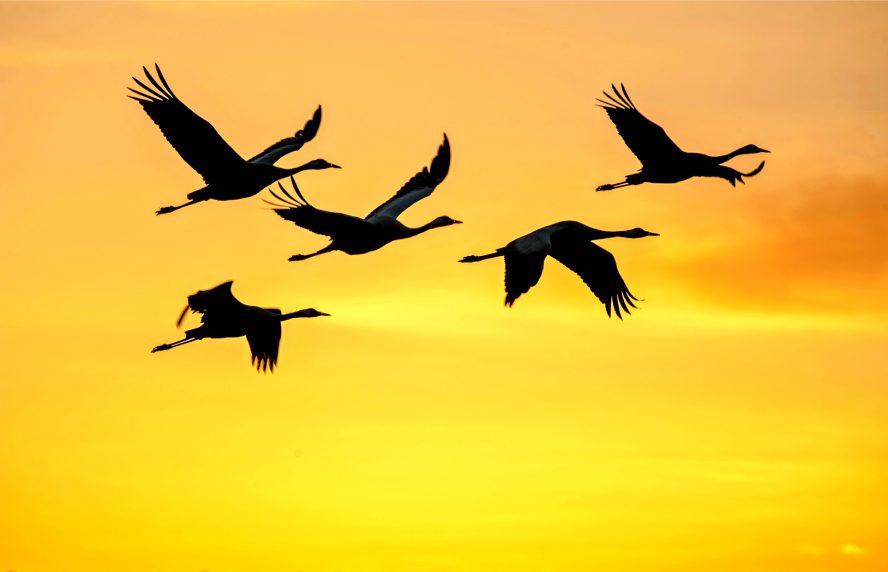
The Fauna of Israel: The Eastern Spadefoot Toad
The eastern spadefoot toad also called the Syrian spadefoot toad; is critically endangered and is locally extinct in Jordan. The spadefoot lives in the Israeli coastal plains; north of Holon and Ashdod. Only a few hundred adult toads remain in Israel due to the splitting of habitats and the species’ loyalty to their spawning spots. The spadefoot is a protected species by law.
The Fauna of Israel: The Banded Newt
The banded newt lives mainly in the northern areas of Israel, especially in the Galilee area, mostly in vernal pools. The coastal shores near Ashkelon are the southern border for its global population. Small populations in more southern areas disappeared due to water contamination. They are inactive during the summer, staying underground in estivation, and even in winter, they are only active at night. The newts have slightly different breeding seasons depending on location, ranging from January – February in the coastal plains to February – March in the Galilee. The banded newt is critically endangered in Israel. Only 5% of the 1950s population remains, thus a protected species.
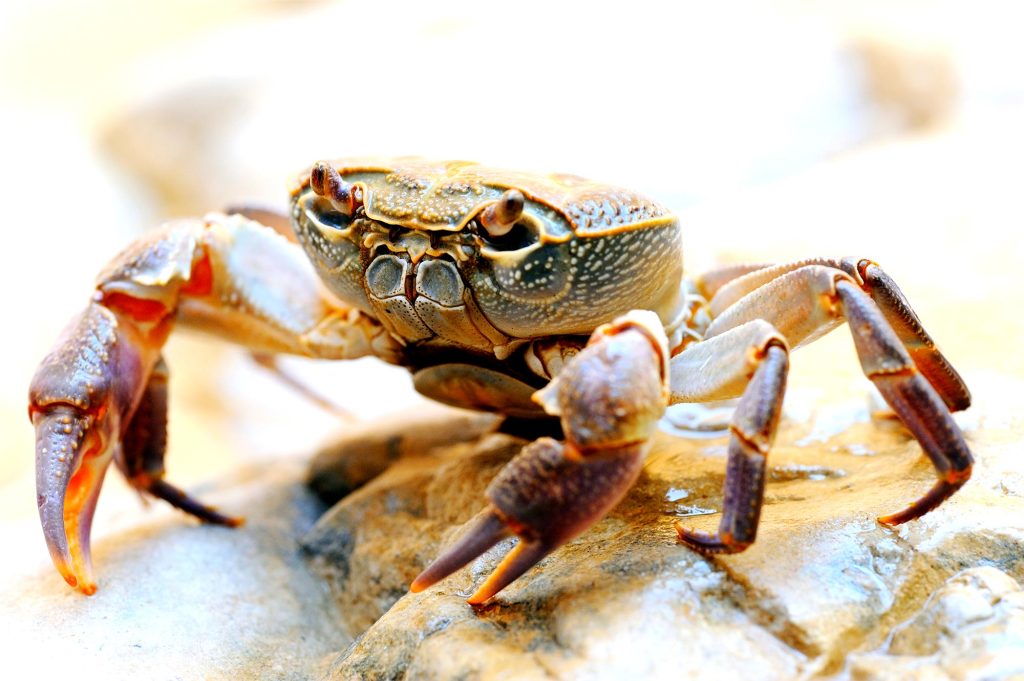
The Fauna of Israel: Fire Salamanders
Fire salamanders reside near the Mediterranean shores and are the least widespread of the amphibians of Israel. The salamanders have three distinct populations (Tel Dan, Mount Carmel, and Galilee). Compared to European populations, adults have especially long legs and fingers and a more rounded head.
The local populations differ in size (Tel Dan salamanders are much smaller), the arrangement of spots on the skin and color (ranging from orange to yellow); in mating habits and times, as well as activity times (Tel Dan salamanders are active throughout most of the year because of their proximity to the water). The populations are relatively stable. Nevertheless, they are an endangered species in Israel and one of the three amphibians to be a protected species.
The Fauna of Israel: Fish
Israel is currently home to about 1,728 species of fish, 410 of which are in the Mediterranean and 1,270 in the Red Sea. The rest, 48 species, are cultivated or wild freshwater fish. The fish population has declined, and endemic species have become endangered. Some even became extinct in the 1970s following a decline in population after the drying of the Hula Lake.
Steinhardt Museum of Natural History
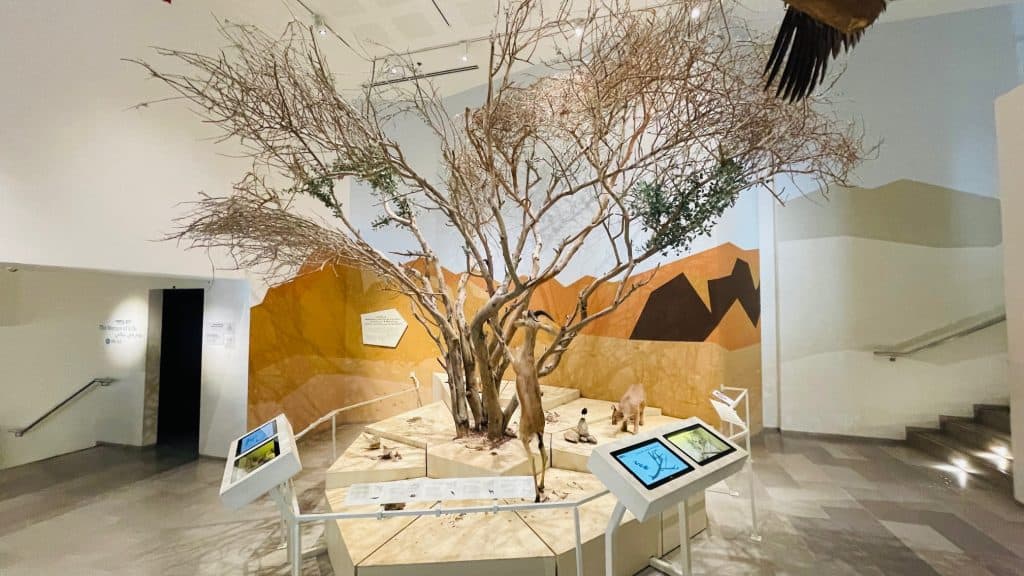
In 2012, the Yarkon Bream, which was nearly extinct, reappeared in the Yarkon River after a decade of rehabilitation and preservation efforts. Einot Zukim, saline wetlands in the north of the Dead Sea, is the only known place in the world where populations of blue and Dead Sea killifish (Nevit Hula and Nevit Yam Hamelakh) live side by side.
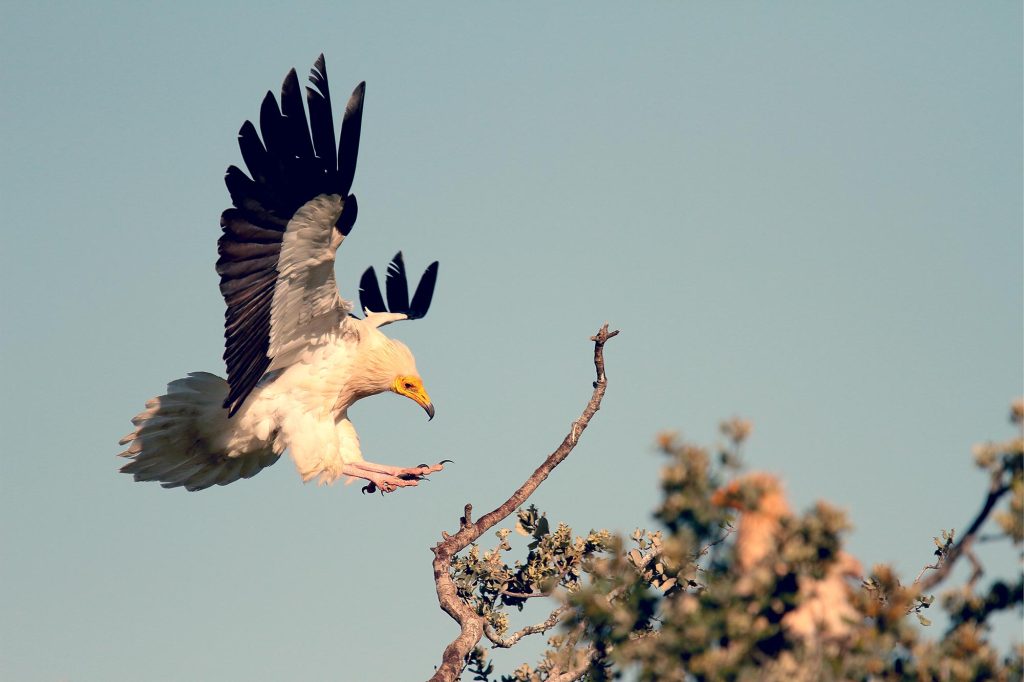
The Fauna of Israel: Birds
About 500 million birds from 500 species pass through Israel during the bi-annual migration season, from Europe and West Asia to Africa in the winter; and back in the spring. A program has been developed to build major birdwatching centers in Ein Gedi and Sde Boker. Existing stations will be upgraded in Eilat, the Jordan Valley, and kibbutzim Kfar Ruppin and Ma’agan Michael. Lake Hula is the stopover point for tens of thousands of cranes migrating from Finland to Ethiopia every winter. In Israel, farmers set out food to keep them from damaging crops near the lake.
The number of raptors has been decreasing due to their prey becoming endangered or extinct, as well as massive poisoning of some prey. About a fifth of the nesting birds are endangered (39 out of 206). Yossi Leshem, director of Israel’s International Centre for the Study of Bird Migration, says that the country has one of the world’s highest concentrations of bird traffic per square mile.
On a single morning at the Jerusalem Birdwatching Observatory, the staff has spotted 10,000 eagles. Arabian ostriches had been extinct from Israel years ago. The North African ostrich native to North Africa has been reintroduced from captivity to the open areas and reserves of the Negev desert in Israel where the Arabian ostriches lived before their extinction. y
